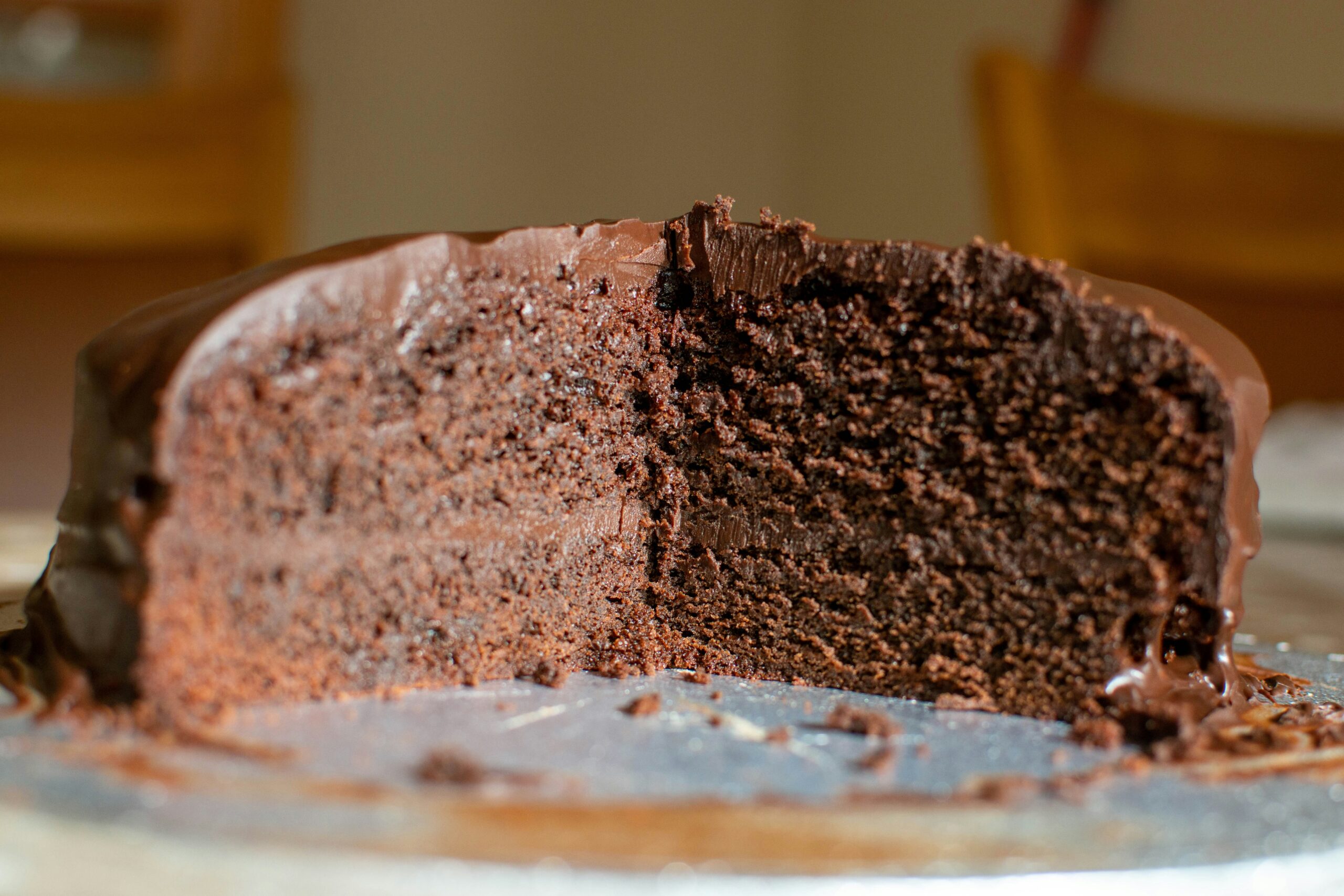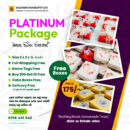Learn how to bake soft, moist cakes every time with these beginner-friendly tips from professional bakers at Dilovens House.
🧁 Introduction
Cake baking might look like magic, but it’s really a science — one that anyone can master with the right techniques. Whether you’re an aspiring home baker or planning to turn your hobby into a business, this beginner’s guide will walk you through the fundamentals of baking delicious, picture-perfect cakes.
1. 🛠️ Why Cake Baking is a Skill Worth Learning
Baking isn’t just about mixing flour and sugar — it’s about creating joy. Cakes are the center of celebrations, from weddings to birthdays, and when made right, they bring unforgettable smiles. Mastering cake baking means you’ll always have something beautiful and tasty to offer your loved ones (or clients!).
2. 🧰 Must-Have Tools for Beginners
You don’t need a fancy kitchen to start. Just a few essentials:
- Electric mixer (or strong arms!)
- Measuring cups & digital scale (accuracy is key)
- Mixing bowls
- Spatula
- Cake tins (start with an 8-inch round pan)
- Oven thermometer (most ovens lie!)
Optional but helpful:
- Cooling rack
- Offset spatula
- Parchment paper
3. 🌡️ Preparing Your Oven the Right Way
One of the biggest mistakes beginners make is skipping oven prep. Always:
- Preheat your oven (usually to 170°C or 180°C)
- Use the center rack for even baking
- Check temperature accuracy with a thermometer
Never put your cake in a cold oven — it’ll cook unevenly.
4. 🥚 Choosing the Right Ingredients
Use fresh, room-temperature ingredients. This helps batter combine more smoothly and bake evenly.
- Flour: All-purpose for most cakes, but cake flour gives a softer crumb.
- Butter: Unsalted is best; soft, not melted.
- Eggs: Room temperature = better structure.
- Sugar: Granulated works for most recipes.
- Milk/Buttermilk: Adds moisture and softness.
💡 Tip: Don’t substitute ingredients randomly — it affects both flavor and structure.
5. 🔄 Mixing Methods That Matter
There are two common mixing methods for beginners:
➤ Creaming Method:
- Cream butter + sugar until light and fluffy
- Add eggs one at a time
- Alternate dry and wet ingredients
✅ Best for butter cakes
➤ All-in-One Method:
- Dump everything into one bowl
- Mix until smooth
✅ Great for quick sponge cakes
6. 😩 Troubleshooting: Why Did My Cake Sink?
Common beginner issues include:
| Problem | Reason |
|---|---|
| Cake sunk in middle | Oven opened too early, or underbaked |
| Dry cake | Overbaked or too much flour |
| Tough texture | Overmixed batter |
| Uneven rise | Oven temperature too high or uneven mixing |
| Stuck to pan | Pan not greased/floured well |
7. 🎁 Bonus: Our Favorite Beginner Cake Recipe
Vanilla Butter Cake (Classic and Easy)
Ingredients:
- 200g unsalted butter (soft)
- 200g sugar
- 4 eggs
- 200g all-purpose flour
- 2 tsp baking powder
- 1 tsp vanilla essence
- 50ml milk
Method:
- Preheat oven to 180°C. Grease and line your cake tin.
- Cream butter and sugar.
- Add eggs one at a time.
- Sift in flour + baking powder.
- Add milk + vanilla. Mix gently.
- Pour into pan. Bake for 30–35 mins. Done when a toothpick comes out clean.
🎓 Want to Learn More?
At Dilovens House, we offer hands-on baking courses — from beginner to pro level — right here in Sri Lanka. Learn the secrets behind moist cakes, flawless finishes, and elegant designs.


